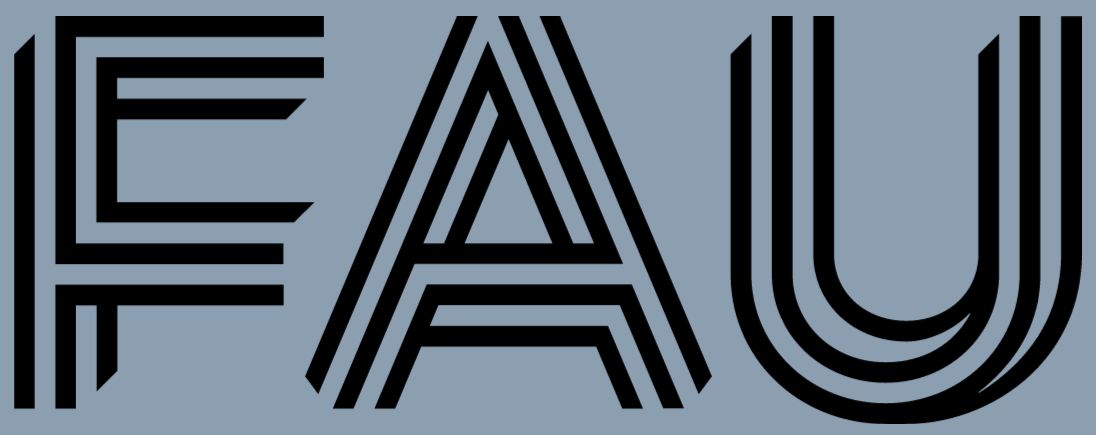Publications
Objective Flow Measures Based on Few Trajectories
ArXiv Preprint, 2022

Abstract
Sparse trajectory data consist of a low number of trajectories such that the reconstruction of an underlying velocity field is not possible. Recently, approaches have been introduced to analyze flow behavior based on a single trajectory only: trajectory stretching exponent (TSE) to detect hyperbolic (stretching) behavior, and trajectory angular velocity (TRA) to detect elliptic (rotation) behavior. In this paper, we analyze these approaches and in particular show that they are -- contrary to what is claimed in the literature -- not objective in the extended phase space. Furthermore, we introduce the first objective measure of rotation behavior that is based on only few trajectories: at least 3 in 2D, and at least 4 in 3D. For this measure -- called trajectory vorticity (TRV) -- we show that it is objective and that it can be introduced in two independent ways: by approaches for unsteadiness minimization and by considering the relative spin tensor. We apply TRV to a number of constructed and real trajectory data sets, including drifting buoys in the Atlantic, midge swarm tracking data, and a simulated vortex street.
Download
BibTeX
@online{Theisel22ArXiv,
author = {Theisel, Holger and Friederici, Anke and G{\"u}nther, Tobias},
title = {Objective Flow Measures Based on Few Trajectories},
pages = {1-18},
year = {2022},
eprinttype = {arxiv},
eprint = {ArXiv Preprint},
doi = {10.48550/arXiv.2202.09566},
}
